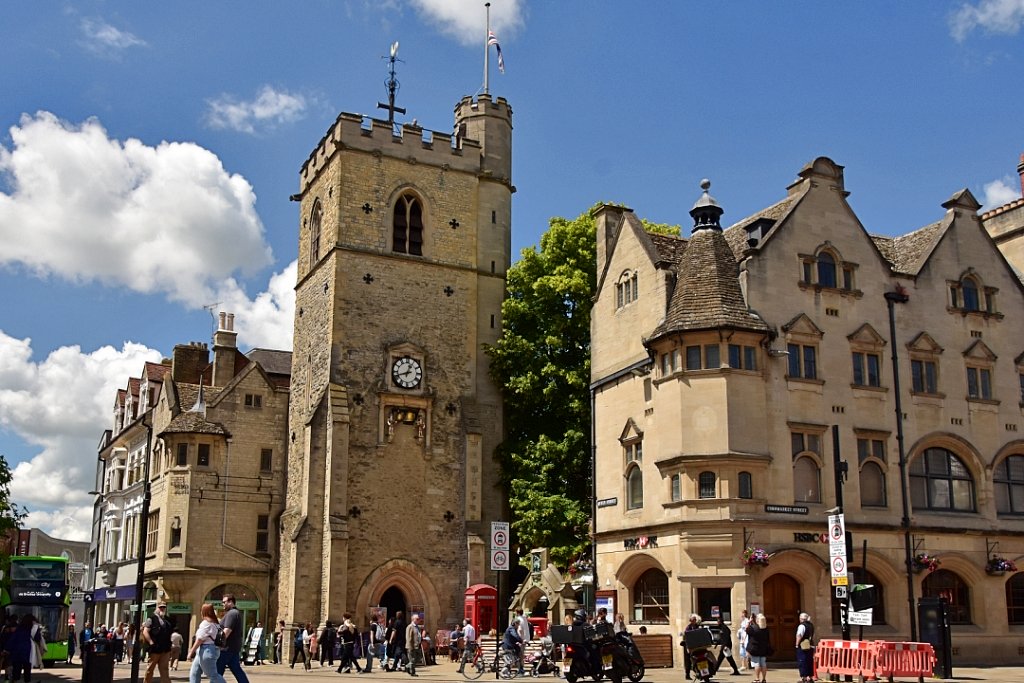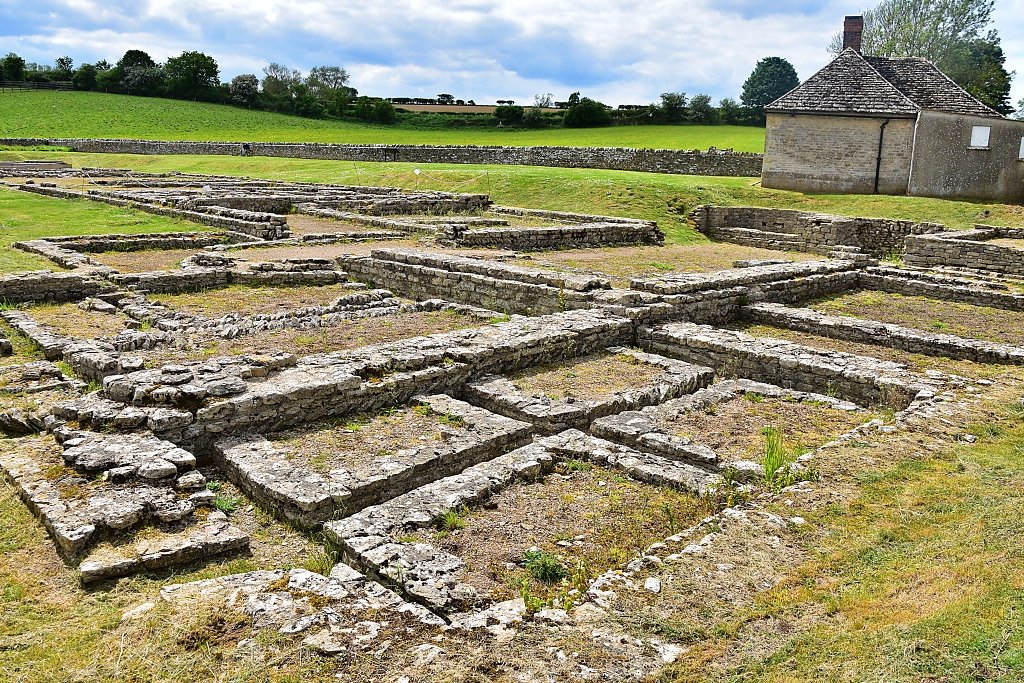Oxfordshire
White
Horses, Wool, and Dreaming Spires
Almost everyone has heard of Oxford, the bustling, riverside town of scholars and dreaming spires. But the county this seat of learning gave its name to, boasts a long, fascinating history of its own, and is determinedly rural. More than half of Oxfordshire’s 738,000 residents live in towns or villages of less than 1,000 people.
The county lays claim to beautiful countryside including The Chilterns, the North Wessex Downs, the Cherwell Valley, and the world-famous Oxfordshire Cotswolds. Alongside the breathtaking scenery and historical sites, Oxford and its history university and the county’s numerous market towns and quaint, photogenic villages make it a popular location for visitors, scholars, creatives, and TV and film crews from all over the world.
Travel Tips
Oxfordshire is extremely well-connected and easy to reach for locals and visitors alike. Situated in the south-east of England, you can reach Oxford by train from Central London in fifty minutes.
Buses, which run frequently throughout the day, take an hour and a half. And London Heathrow has a 24-hour direct coach line.
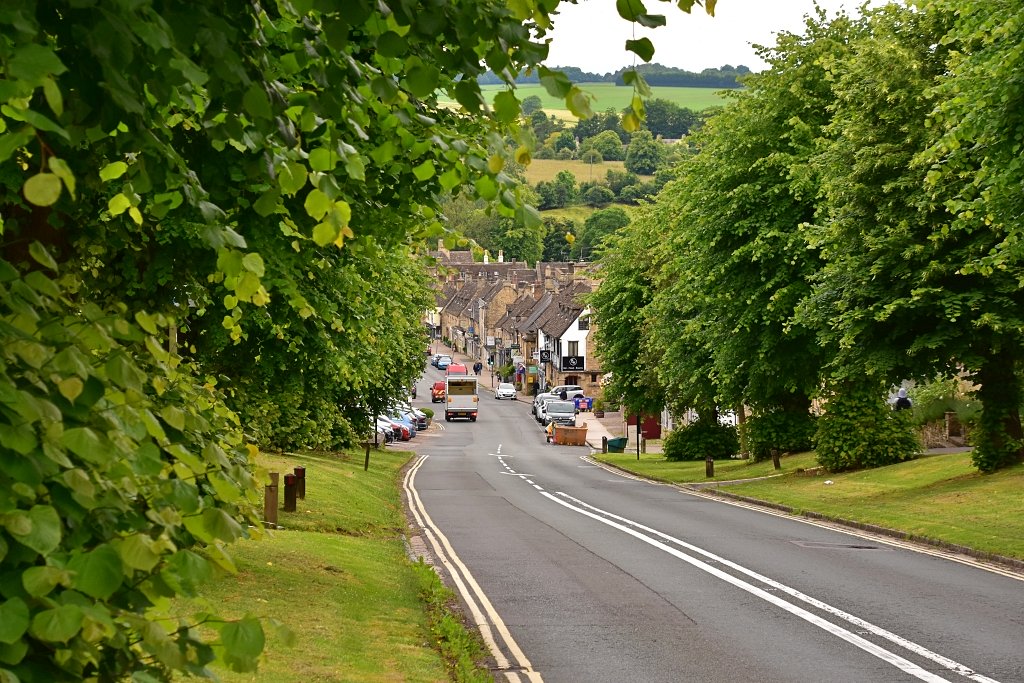 Burford High Street in Oxfordshire © essentially-england.com
Burford High Street in Oxfordshire © essentially-england.comPrehistoric
Oxfordshire
If you enjoy exploring historical sites, then Oxfordshire won’t disappoint you. Signs of human habitation in the Thames Valley go back to the end of the last ice age and megalithic sites abound. Visit the intriguingly named Rollright Stones, Whispering Knights, Hawke Stone, Devil’s Quoits, or Wayland’s Smithy. Follow the route of the ancient Ridgeway trading route, explore Iron Age Hillforts, and don’t miss a visit to Uffington’s famous White Horse.
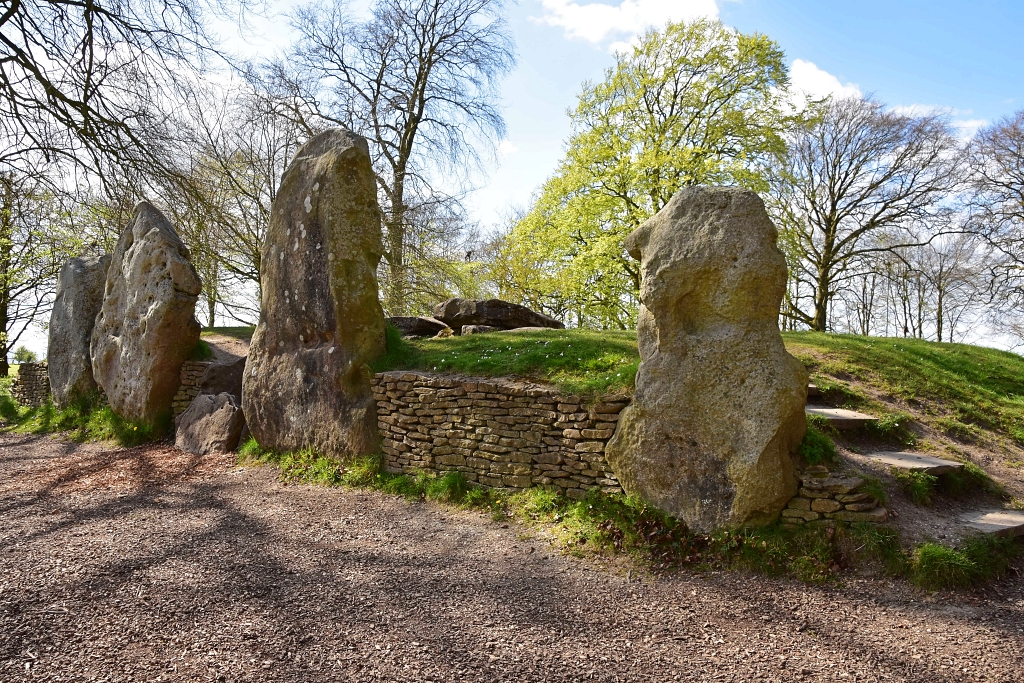 Waylands Smithy © essentially-england.com
Waylands Smithy © essentially-england.comRoman
Oxfordshire
The Romans loved Oxfordshire’s fertile valleys, gentle streams, and easily available resources. Third century Oxford was a centre of Roman pottery, and throughout the county you can find evidence of numerous villas and temples surviving to this day. North Leigh Roman Villa with its beautiful mosaic floors and signs of frequent expansion and remodelling is definitely worth a visit.
Anglo-Saxon
Oxfordshire
After the Romans, the Anglo-Saxons reshaped the English countryside in ways that are still discernible today. The area of the Upper Thames has yielded some of the earliest Saxon finds in England along with Berinsfield, Dorchester-on-Thames, Abingdon, Brightwell, Frilford, and Long Whittenham. The Anglo-Saxons didn’t build in stone, as the Romans did, instead settling in small farming communities, the patterns of which live on in England’s villages and their names.
Norman, Medieval, and Tudor Oxfordshire
The Norman Conquest reshaped England yet again. Castles rose across the county – including Oxford and Wallingford – and Oxford witnessed sieges, the brave escape of an empress, and the birth of a future king. While there’s no clear date for the foundation of Oxford University, its history of teaching and learning goes back to 1096, and throughout the following centuries the blend of “Town & Gown” that came to define Oxford and the surrounding county, grew and flourished. The other string to Oxfordshire’s bow during this time was its importance as a major wool producer, evident in the string of Cotswold Wool Churches and plentiful villages.
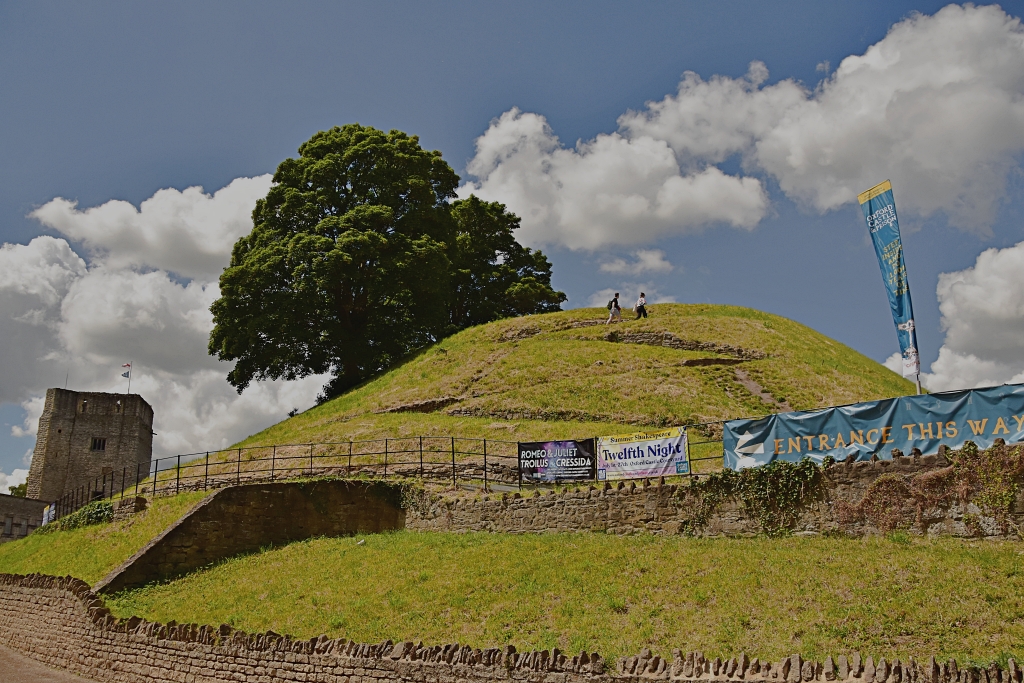 Oxford Castle Motte © essentially-england.com
Oxford Castle Motte © essentially-england.comEarly and Late Modern Oxfordshire
During the English Civil War, Oxford was loyalist and housed the court of Charles I in 1642, after the king was expelled from London. And later, in 1665 – 1666, Charles II held court there when he was forced to leave London due to the Great Plague, and the following centuries saw much change in the appearance of both the town and county with existing architecture being overhauled and remodelled, and new ones – like Blenheim Palace – being built.
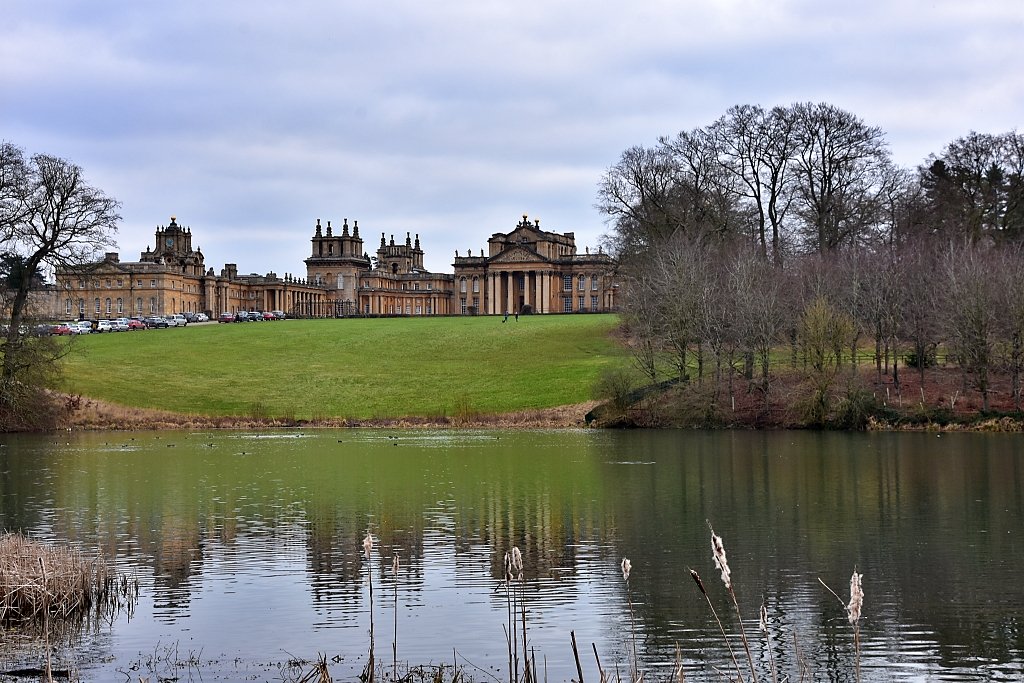 Blenheim Palace © essentially-england.com
Blenheim Palace © essentially-england.comModern Oxfordshire
Modernism found its way into Oxfordshire in many ways. While life in the county remained largely agricultural, Oxford experienced rapid population and industrial growth. The printing and publishing industries became well established and the opening of Morris Motors in 1912 provided jobs for many.
Oxfordshire’s history is woven into the fabric of its landscape, with traces of its past visible in every corner. Whichever period of history or architecture you most admire, you’ll find something to delight you in Oxfordshire and its county town with its famous dreaming spires.
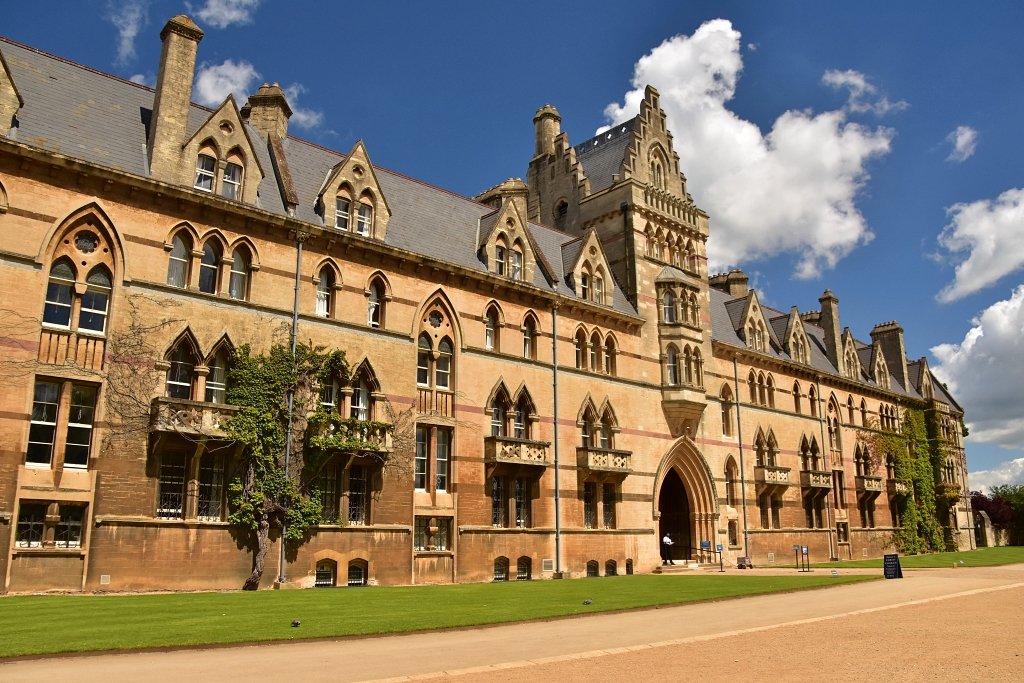 Christchurch College in Oxford © essentially-england.com
Christchurch College in Oxford © essentially-england.comPlaces to Visit and Things to Do
Oxfordshire is home to a myriad of charming towns and villages, each with its own unique character and charm.
- Explore the historic streets of Oxford and its majestic colleges. Climb the castle motte for a great view or admire old manuscripts in the Bodleian Library. Explore Oxford from the water in a punt, or enjoy a concert in one of the many churches and music venues.
- Wander through the picturesque village of Woodstock, home to the magnificent Blenheim Palace, and birthplace of Sir Winston Churchill.
- Discover the tranquil beauty of Burford, the antique stores of Chipping Norton, or the cafes of Faringdon.
- Or step out of the shadow of the Cotswolds and explore Thame, Witney, Banbury or Bicester’s aviation heritage and discount shopping.
- Hikers and prehistoric history enthusiasts love the Ridgeway as boating fans love the Henley Regatta and Henley’s many riverside pubs. Or if you like your nature with more teeth and fur, how about a day out at the Cotswold Wildlife Park?
From bustling market towns to sleepy hamlets, Oxfordshire’s towns and villages offer an enjoyable time for everyone.
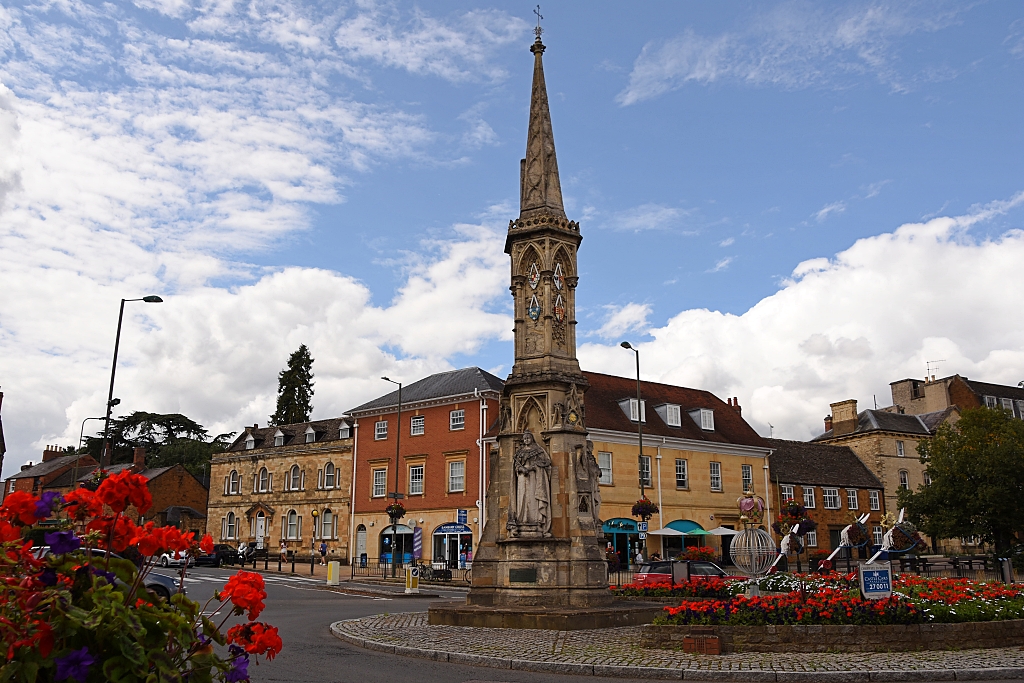 Banbury Cross in Oxfordshire © essentially-england.com
Banbury Cross in Oxfordshire © essentially-england.comWalking in Oxfordshire
We’ve completed several walks in Oxfordshire and have many more to write up so this list will get longer.
The Downton Mile – this one mile walk around the town of Bampton is for Downton Abbey fans and visits many of the locations used in the drama series.
Bampton and the River Thames – a longer walk from the town of Bampton through open countryside to the River Thames and back.
North Leigh Roman Villa – a gentle 5-mile stroll to visit a roman villa with a stunning mosaic floor which is probably best done late April/May when the bluebells and wild garlic are in flower.
For more things to do in England return from our Oxfordshire page to the Homepage.


